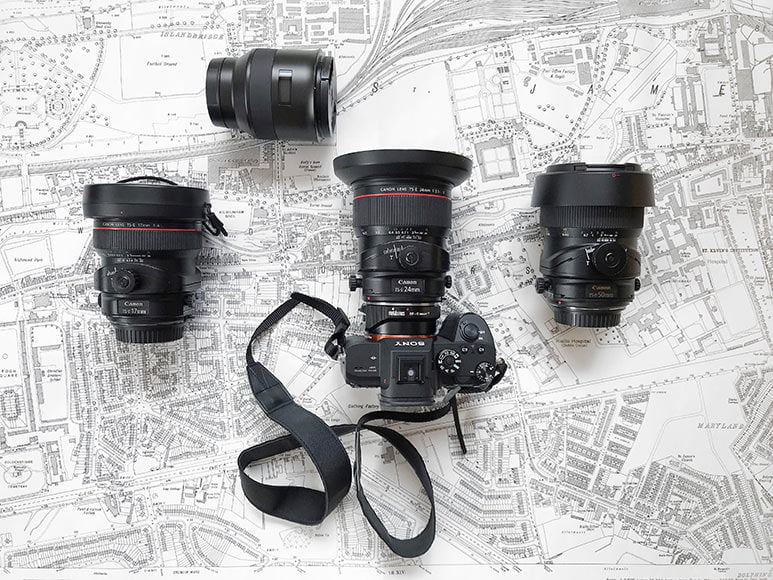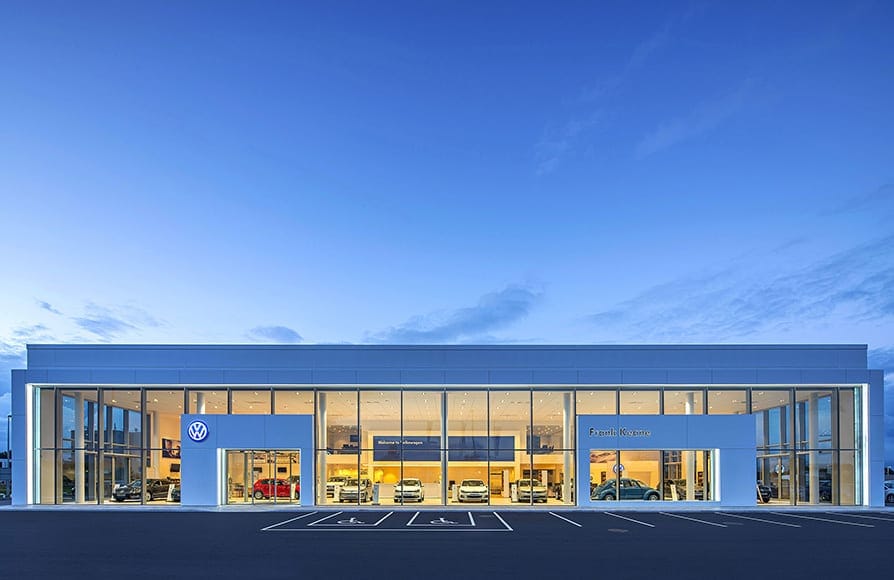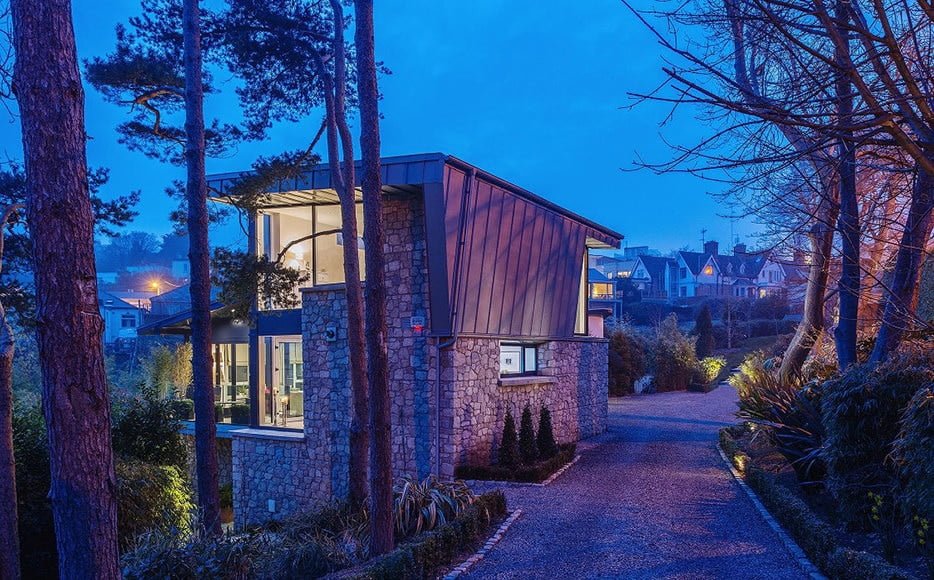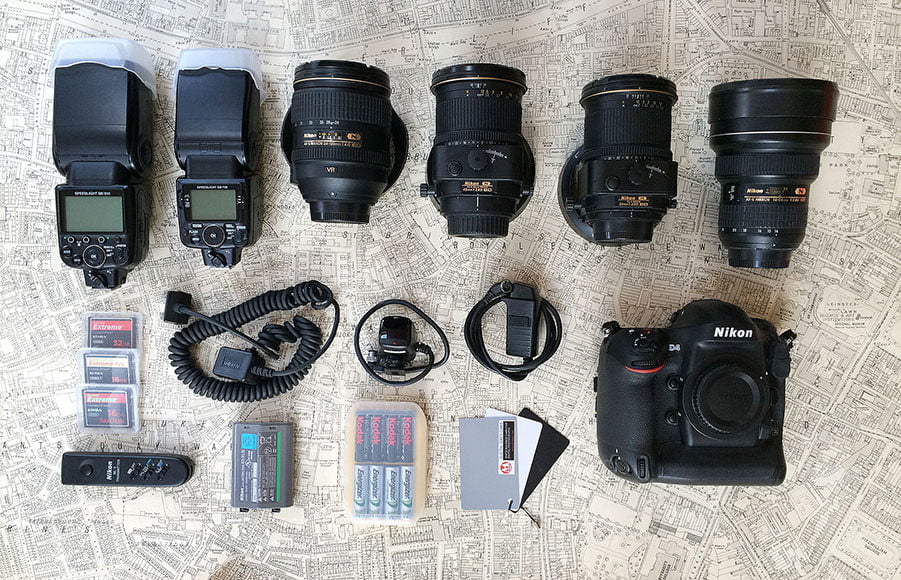






Gareth Byrne
Architecture | Last Updated: April 4, 2024
I established my architectural photography business back in 2003. Over the years I have primarily invested in both Nikon and Canon camera systems. Today I use a Sony a7R III fitted with a Metabones adaptor
, so I have the added benefit of using pretty much whatever lens I want.
With the low-light sensor capabilities and a large sensor, the mirrorless camera system is phenomenal in terms of image quality. I process my images using Capture One which really brings out the incredible dynamic range abilities of the Sony sensor.
I thought back in 2007 that the Nikon D3 to be one of the best cameras ever made. Today Sony have really given Canon and Nikon a serious run for their money in terms of the a7R
series of cameras.
My favourite and most used lenses are the Canon 24mm TS-E, Canon 17mm TS-E
and Canon 50mm TS-E
. I also use a Zeiss Batis 85mm
which is just incredible. The 24mm lens is my go lens for the vast majority of images. I use it to take standard aspect ratio photos as well as stitched panoramic images. The 50mm lens is a very recent addition to my camera bag which replaced my much loved 45mm PC-E
lens.
The 50mm lens is as close to the human eye as you can get. It produces beautiful distortionless images. Sometimes in architectural photography the subtly is in the detail so it’s not necessary to try and capture everything in a building or an interior space. The 50mm lens makes you think much more, about image compositions. I would always try to use it where possible.
The 17mm TS-E is an incredible lens but probably my least used. In very tight spaces or narrow streets it’s a complete life saver and I wouldn’t be without it. The 85mm Zeiss Batis
is my personal lens allowing me the freedom of an exceptionally lightweight camera system. The Zeiss optics are world-renowned. I love this lens for streetscape photography.
I feel fortunate to have started my career at a time when the transition was being made from analog to digital. It gave me the opportunity to train with film cameras and develop my skills with digital. In the end they are all just tools that I use to recreate what I see – very important tools – but it’s what you do with them that counts.
List of Equipment:
Sony a7R III
Canon TS-E 24mm f/3.5L II
Canon TS-E 17mm f/4L
Canon TS-E 50mm f/2.8L Macro
Zeiss 85mm f/1.8 Batis
Canon EF Lens to Sony E Mount T Smart Adaptor (Mark V)
2014

I started my photographic career assisting for Barry Mason who was one of the first photographers in Ireland to specialize solely in architectural photography. Ireland was experiencing a building boom so I was lucky enough to establish my own business at the age of 23.
My first DSLR camera was a Fuji S1 which produced pixels and noise the size of golf balls, but then again it was the first DSLR on the market. It was game changing territory as it opened up opportunities to produce work with fast turnaround times. I consider this time to be a high learning curve as, whilst it created new and exciting ways of working, it required a whole new way of thinking about workflow, colour calibration etc. I fully admit it took some years to get it right and indeed we are all still learning.
During this time I was involved in photographing a lot of residential property for sale so speed and convenience of image delivery were paramount to my business model. I used all of the Fuji S1/ S2 / S3 cameras, which had Nikon lens mounts so progressing to a Nikon DSLR seemed an obvious choice.
Today I use a Nikon D4 and Nikon D800 having been with the Nikon system since 2007 when I invested in the Nikon D3. With the low light sensor capabilities this was a turning point for Nikon in full frame DSLR technology. I genuinely consider the Nikon D3 to be one of the best cameras ever made. The low noise capabilities of the sensor were considerably better than its leading competitors when it first came to the market.
A lot of photographers ask why this would be an issue for an architectural photographer considering that I use a tripod most of the time. The answer is that I also get to see inside tunnels, underground car parks and very dark places, which really put the camera sensor to the test. A lot of the time lighting these spaces is not an option so a camera that can perform in these lowlight circumstances is crucial.
Today I use a D4 which is just a perfected version of the D3. The Nikon lens system, in my opinion, is really good and I rely on my three perspective control lenses daily. The lens barreling of these optics is minimal and post production corrections required are minor. In my business spending less time correcting in post production means more time out taking photos!
My favourite and most used lenses are the Nikon 24mm f/3.5 PC-E & Nikon 45mm f/2.8 Nikon PC-E. I use then for both interior and exterior shots.
The Nikon 24mm f/3.5 PC-E delivers an ultra-wide-angle view perfectly suited for architecture & interiors. I use this lens extensively with image stitching and also to adjust the focal plane of the lens—independent of the camera position.
If at all possible I will use the 45mm lens as it’s closest to a 50mm standard lens. The Nikon 45mm f/4 Nikon PC-E produces a standard angle of view. I use this lens primarily outdoors as it allows me to position the camera further away from a building to create more contextual images.
All of the Nikon PC-E lenses have Extra-low Dispersion (ED) glass elements which ensure outstanding sharpness and color reproduction. Manual focus is a feature on all perspective control lenses so I am always conscious of controlling depth of field when I am working with them.
From top left:
Nikon SB-910 Speedlite Flash
Nikon SB-700 Speedlite Flash
Nikon 24-120mm f/4G ED VR
Nikon 24mm f/3.5D ED PC-E
Nikon 45mm f/2.8D ED PC-E
Nikon 14-24mm f/2.8 G ED
3x Sandisk CF Extreme Pro 16GB
Nikon SC-28 TTL Remote Cord
Nikon ML-3 Remote Control Receiver
Nikon MC-30 Remote Cord
Nikon D4 DSLR
Nikon ML-3 Remote transmitter
Nikon EN-EL18A Battery
4x Kodak AA batteries
4x Energizer AA rechargeable
Zeikos ZE-DGC Digital Grey Card
I feel fortunate to have started my career at a time when the transition was being made from analog to digital. It gave me the opportunity to train with film cameras and develop my skills with digital. In the end they are all just tools that I use to recreate what I see, very important tools but its what you do with them that counts.

Check out these 8 essential tools to help you succeed as a professional photographer.
Includes limited-time discounts.












